BTW, just replaced this weekend the NJM4556 with MUSES8920. I know, a bit lees of output current, but not much actually...feel free to check the below pics:
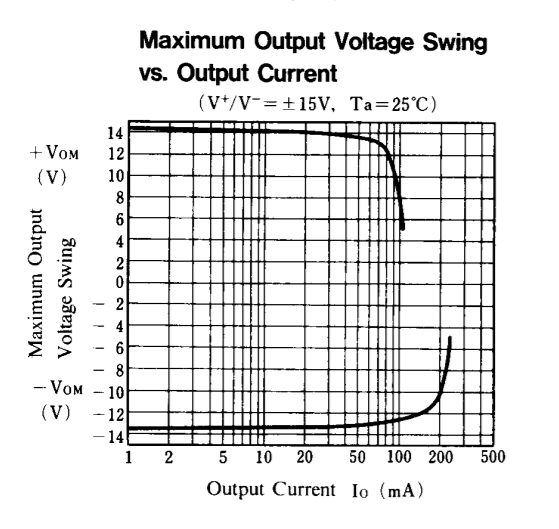 NJM4556 vs.
NJM4556 vs.
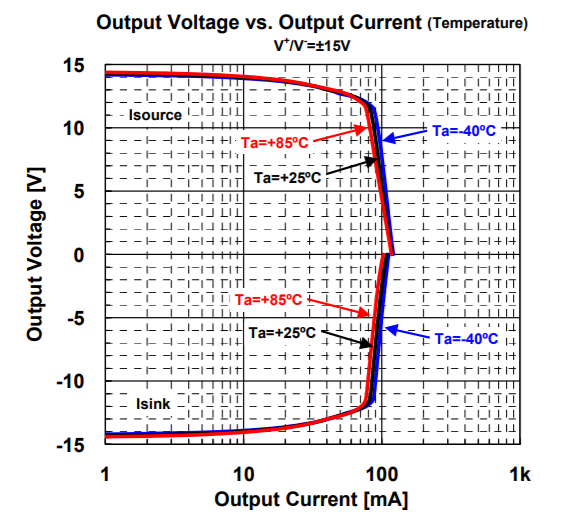
MUSES8920
However, I've also changed the R12 & R13 resistors from 43 kOhm to 192 kOhm (by adding 150 kOhm)
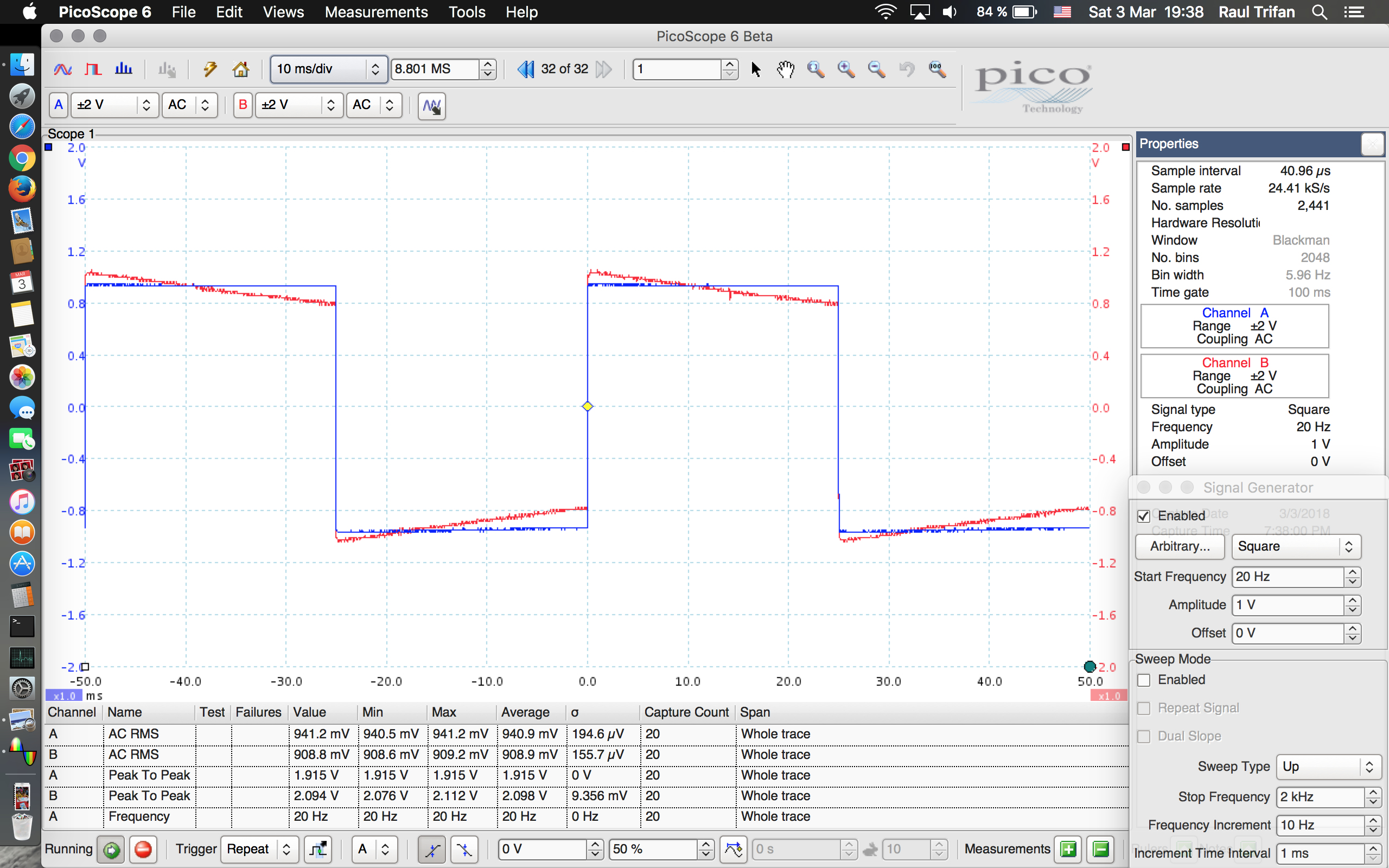
NJM4556 @20Hz
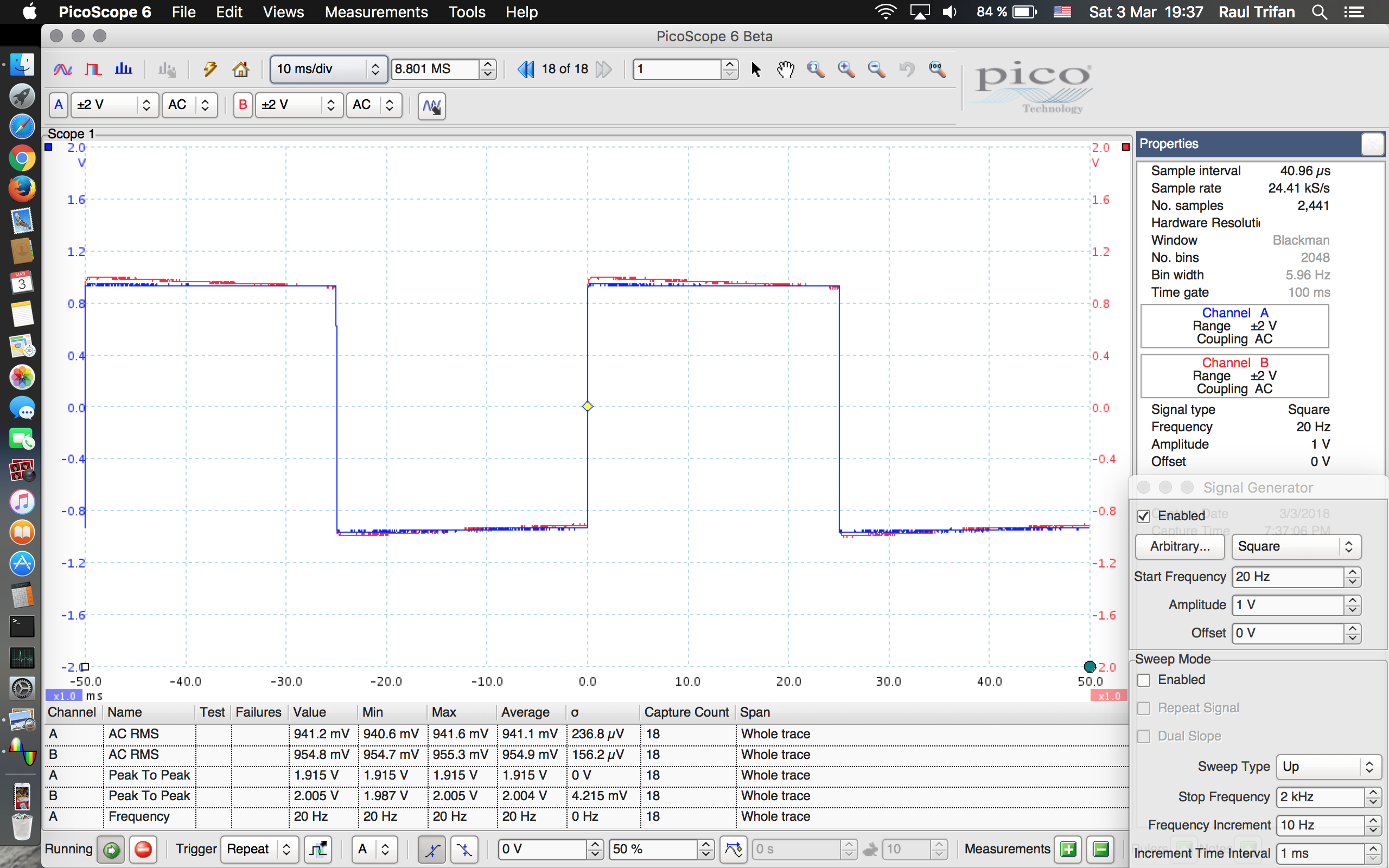
MUSES8920 @20Hz
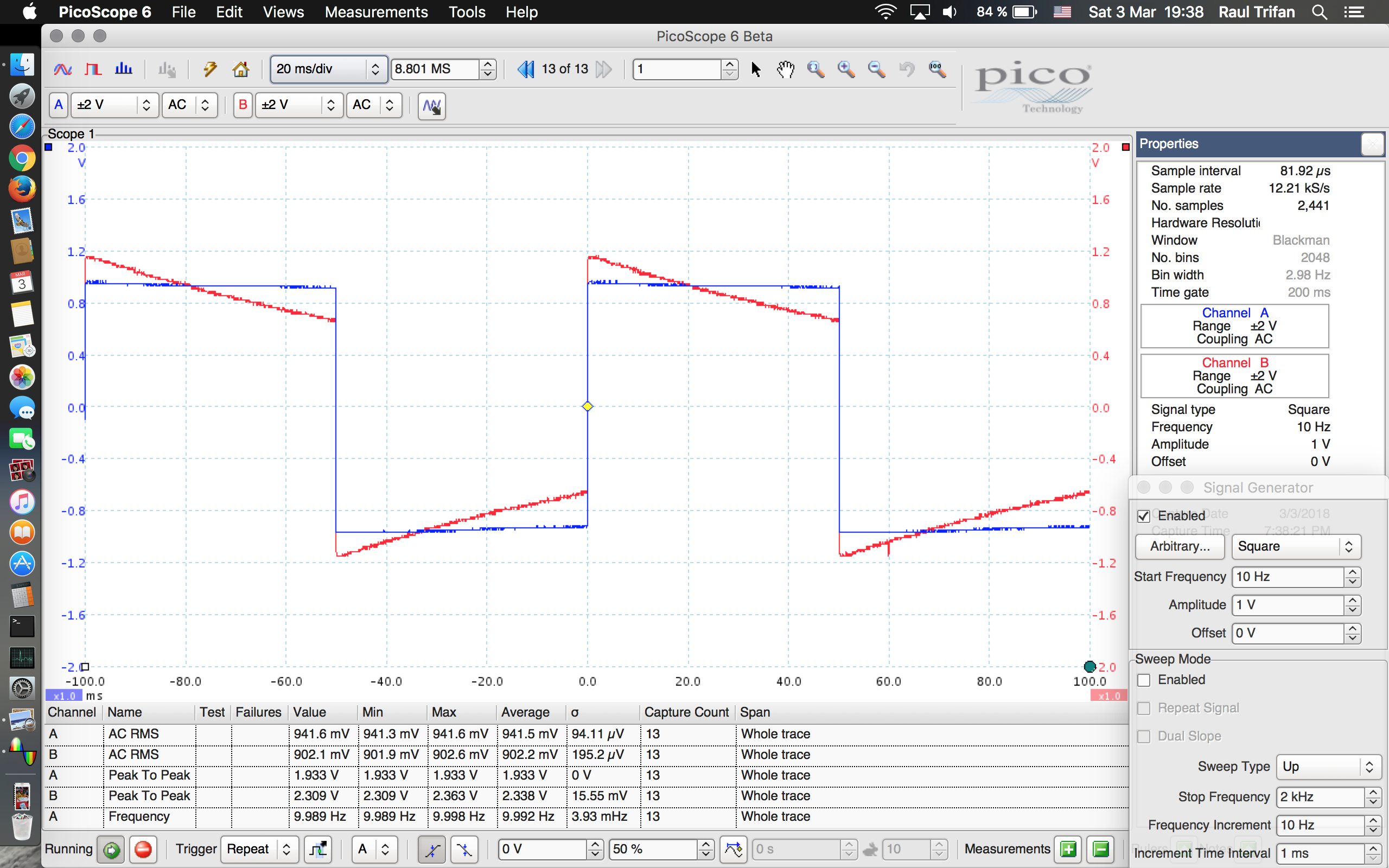
NJM4556 @10Hz
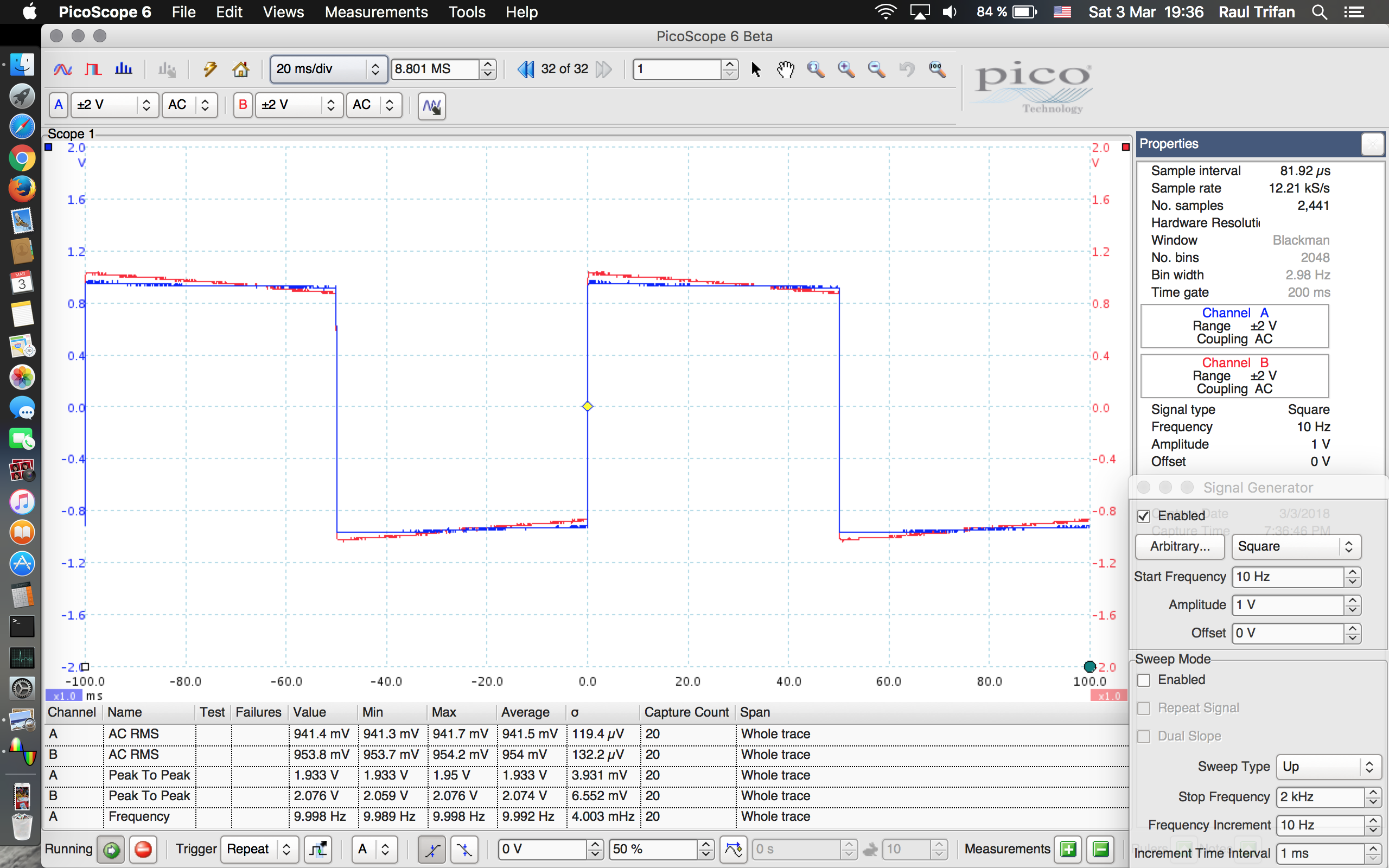
MUSES8920 @10Hz
MUSES8920
However, I've also changed the R12 & R13 resistors from 43 kOhm to 192 kOhm (by adding 150 kOhm)
NJM4556 @20Hz
MUSES8920 @20Hz
NJM4556 @10Hz
MUSES8920 @10Hz
Attachments
-
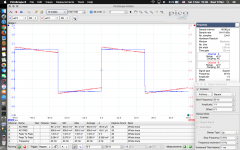 Screen Shot 2018-03-03 at 19.38.01.png873.7 KB · Views: 354
Screen Shot 2018-03-03 at 19.38.01.png873.7 KB · Views: 354 -
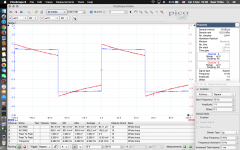 Screen Shot 2018-03-03 at 19.38.22.png877.1 KB · Views: 340
Screen Shot 2018-03-03 at 19.38.22.png877.1 KB · Views: 340 -
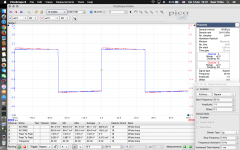 Screen Shot 2018-03-03 at 19.37.06.png864 KB · Views: 358
Screen Shot 2018-03-03 at 19.37.06.png864 KB · Views: 358 -
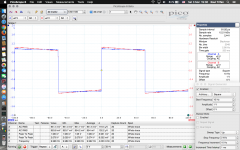 Screen Shot 2018-03-03 at 19.36.46.png870.1 KB · Views: 349
Screen Shot 2018-03-03 at 19.36.46.png870.1 KB · Views: 349 -
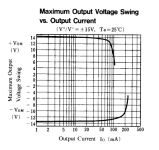 NJM4556.png66.1 KB · Views: 366
NJM4556.png66.1 KB · Views: 366 -
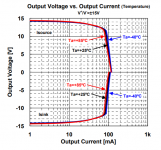 MUSES8920.png73.5 KB · Views: 370
MUSES8920.png73.5 KB · Views: 370
Yes, of course is from the Low-Pass filter created by the 2.2uF and the resistors.
Sorry for not being clear: changing the R12/R13 resistors may increase the output DC voltage, which actually happened to me. It got increased from 3mV to 12.5mV per each channel. So, I replaced the opamps from the output buffers to decrease the DC-output voltage from 12.5mV to 0.2-0.3mV.
Sorry for not being clear: changing the R12/R13 resistors may increase the output DC voltage, which actually happened to me. It got increased from 3mV to 12.5mV per each channel. So, I replaced the opamps from the output buffers to decrease the DC-output voltage from 12.5mV to 0.2-0.3mV.
The DC offset is influenced by the opamp input bias current which is typically 50nA for the 4556 but can be as high as 500nA. The MUSE is a FET device and so has essentially zero input bias current.
The 4556 and MUSE do have similar input offset voltages. You are probably best measuring the DC offset with a DVM.
The 4556 and MUSE do have similar input offset voltages. You are probably best measuring the DC offset with a DVM.
I did used a TrueRMS Digital Multimeter, but also my PicoScope 2204A:
- with NJM4556 and R12/R13 = 42kOhm the DC-output was around 3mV
- with NJM4556 and R12/R13 = 192kOhm the DC-output is exactly 12.5mV
- with MUSES8920 and R12/R13 = 192kOhm the DC-output was around 0.3mV
- with NJM4556 and R12/R13 = 42kOhm the DC-output was around 3mV
- with NJM4556 and R12/R13 = 192kOhm the DC-output is exactly 12.5mV
- with MUSES8920 and R12/R13 = 192kOhm the DC-output was around 0.3mV
Need to mention that with NJM4556 I was able to get @30-ohms resistive load a clean sinewave of 3.8V RMS (after that it starts to clip because of distortions), instead with MUSES8920 I can get a clear 3-3.1V RMS, then starts to get a noisy-shaped top of the sinewave, then around 3.7-3.8V RMS it starts clipping. I would say that @30-ohms resistive load the MUSES8920 can deliver a perfectly clean 3V RMS per channel, so about 300mW instead of 481mW with the NJM4556.
Yes, as the designer said in the first place. 
However 300mW for my 32 ohms headphones is more than enough and I'm also pleased with the 2 x 8920 because this way I dropped the DC-voltage a lot. Also, the thumb-pop noise when powering ON/OF the headamp is a bit lower with these opamps (also, lacking pops-clicks when using the gain switch too).
I wonder if anyone tried to get installed BUF634 or OPA551. Not being in the loop of that voltage-gain opamp could be difficult I guess.
However 300mW for my 32 ohms headphones is more than enough and I'm also pleased with the 2 x 8920 because this way I dropped the DC-voltage a lot. Also, the thumb-pop noise when powering ON/OF the headamp is a bit lower with these opamps (also, lacking pops-clicks when using the gain switch too).
I wonder if anyone tried to get installed BUF634 or OPA551. Not being in the loop of that voltage-gain opamp could be difficult I guess.
The different models refer to the package styles. D is DIP 8, M is a surface mount, and L is the SIL (single in-line).
The D noise grade is a specifiction that only applies to those packages. The other V package (small surface mount) is not graded.
So DD just means 8 pin DIP with the D noise rank. There is no choice or alternative, they are all the same.
The LED is one of the design flaws of the O2 because it ties the design to a very specific part.
Have a read at this for how to use a different LED:
The Objective2 (O2) Headphone Amp DIY Project
Thanks for the explanation! Thinking about it now, it was kind of silly of me knowing there are different packages but failed to see the connection between the D ranked models with the packaging.
Talking about the LED, I'm not really trying to use a LED with a different color, just trying to figure out which type of LED share the same kind of electrical characteristics with the specified one, as I read online, LEDs have different voltage drop corresponding to their colors, so does that mean most red LEDs can electrically fit into the position?
I know that NJM2068DD is very low-noise, but I've noticed that OPA1652 is having an even lower noise when used in voltage amplification stage inside the O2.
I was comparing the background noise with BEATS Solo2 and AKG K550 (the most sensitive cans I have) with a gain of 3.7X on the O2, source input not connected and volume to he max. Also, the transients when powering ON/OFF the O2 are a bit lower in intensity with the OPA1652 (or at least th frequency spectrum is lower and makes it less audible, less hiss anyway).
However, noise difference is very low, so can't really recommend changing the default 2068 opamp for such a "mild" difference, unless you really like modding. Also, OP1652 is SO8 and not DIP8, so...more work to adapt it.
Also, OP1652 is SO8 and not DIP8, so...more work to adapt it.
I was comparing the background noise with BEATS Solo2 and AKG K550 (the most sensitive cans I have) with a gain of 3.7X on the O2, source input not connected and volume to he max. Also, the transients when powering ON/OFF the O2 are a bit lower in intensity with the OPA1652 (or at least th frequency spectrum is lower and makes it less audible, less hiss anyway).
However, noise difference is very low, so can't really recommend changing the default 2068 opamp for such a "mild" difference, unless you really like modding.
..........as I read online, LEDs have different voltage drop corresponding to their colors, so does that mean most red LEDs can electrically fit into the position?
Unfortunately not, LED's differ not just in their colours (which at best puts them in groups of forward voltage) but they also vary significantly between different types of the same colour. The 02 requires a very specific LED voltage to work as designed and the chances of finding one that is identical are slim.
Any difference in LED voltage will change the point the 02 shuts down.
With price being no object, what op amp(s) (including single and dual SOIC installed with a Browndog adapter) offer improved objective performance over the NJM2068DD?
IMHO, I think NwAvGuy, and later agdr, have proved that there really isn't a clear update candidate, without risking oscillation. The LME49990, for instance, has got much better specs in all areas, but it has to be implemented correctly with proper bypassing etc., and in the O2 it tends to oscillate. The 2068 really is an amazing opamp, all things considered, that achieves great performance in the O2.
But if you need to spend some money, you could try JRC's own MUSES02. It doesn't have crazy specs in terms of speed and bandwidth, so it might work as well as the 2068 or the 5532. Mouser sells it for 58USD, that almost qualifies you for free shipping!
Last edited:
I use to have the 8820 in the gain stage, but then I moved it to a phono amp I built. So i'm back with the 2068DD!I have tried MUSES02 in voltage-gain it work very well, no oscillations...not sure it worth the price. However, I'll be keeping the MUSES8920 in output buffer as I'm OK with the 300mW/30ohms.
- Home
- Amplifiers
- Headphone Systems
- The Objective2 (O2) Headphone Amp DIY Project